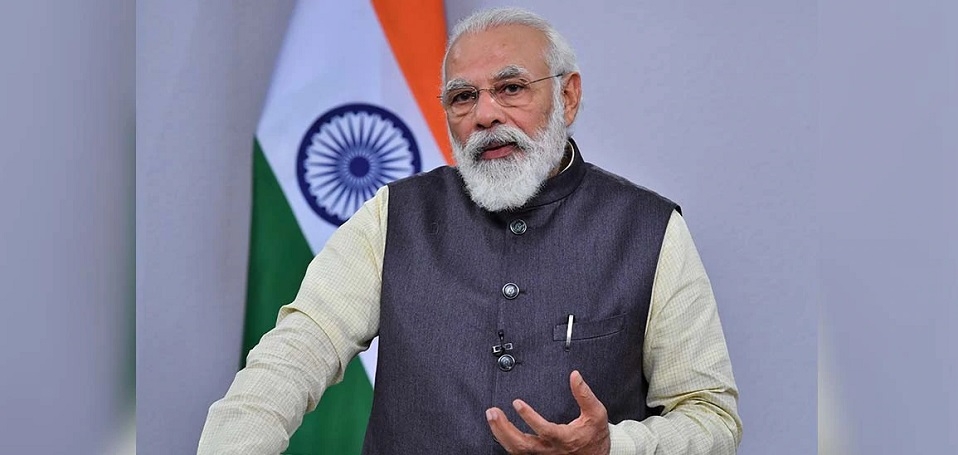SELF-RELIANCE
| Date :24-Feb-2021 |

PRIME Minister Mr. Narendra Modi went full distance at a webinar to explain India’s current philosophy about total self-reliance defence production. He expressed his grief that a country that can send a spacecraft to the Mars cannot make weapons for itself and become self-reliant. But this is being changed and the country is engaged in a massive programme of achieving self-reliance in defence production, he insisted, thus underlining the change of tide in a critical national sector. The Prime Minister rued that the country that boasted of literally hundreds of ordnance factories across its landscape before Independence became the world’s biggest importer of rams and weapons. This reference to the historical reality is important.
During the two World Wars, the country’s alien rulers built hundreds of ordnance factories all over, making arms and ammunition and weapons systems. So rich was that sector in its productivity that it made the country one of the leading exporters of arms. But post-Independence, the Indian leadership chose to allow that position to change for the worse by closing ordnance factories. As a result, India started depending heavily on other nations for its supplies of arms and ammunition and weapons in all sectors of defence. Over time, things started changing again when the Indian leadership started paying greater attention to defence production. But that effort was meant more to pay lip-service to the cause rather than create a massive programme of defence production. Such a programme was launched with an unprecedented thrust only in the past some years -- particularly after the ascendence of Mr. Narendra Modi as Prime Minister. With his arrival at the top, India’s thrust in diplomacy and strategy changed positively and assertively. The current effort to achieve greater self-reliance in defence production is an outcome of the changed security policy and philosophy.
Though India can be satisfied with the current levels of heightened defence production across sectors, a lot of distance is still to be covered to reach a reasonable point pride. There is no doubt that the Government is really, really pushing the defence production in public as well as private sectors to achieve greater share to fulfill national requirement. A greater budgetary allocation is making things easier than ever. The leaders of the Government and Defence Forces, too, are constantly pushing for a greater self-reliance. It has made a lot of positive difference, no doubt. Yet, the distance covered on this journey is still far from what is actually needed. The Prime Minister has talked about this aspect while asserting that the country is trying to enhance its capabilities in defence manufacturing. When the eastern Ladakh stand-off with the Chinese Army began nine months ago, the Government used that point to add a tremendous push to the idea of indigenous defence production, in addition to massive acquisition from abroad. The hectic activity that the country saw in that regard was, naturally, welcomed by the common people as well. But to those who knew the reality, things were far from the best level the nation needed to have.
When Mr. Modi referred to the hundreds of ordnance factories that earlier existed in the country, he was talking of that short fall that is needed to be filled up at the earliest. It must be noted that though the Government is adding as much push as possible to indigenous defence manufacturing, it is not making an undue haste in the matter. It is operating a well-organised national programme to seek greater engagement and efficiency of public as well as private sectors in production of defence merchandise of required quality that would match global standards. This is certainly an uphill task. But the Government’s effort is to promote a fine manufacturing culture in which quality would be the final watch-word. A complete self-reliance may not be reached in the next few decades, but it is heartening that a huge national programme is underway.